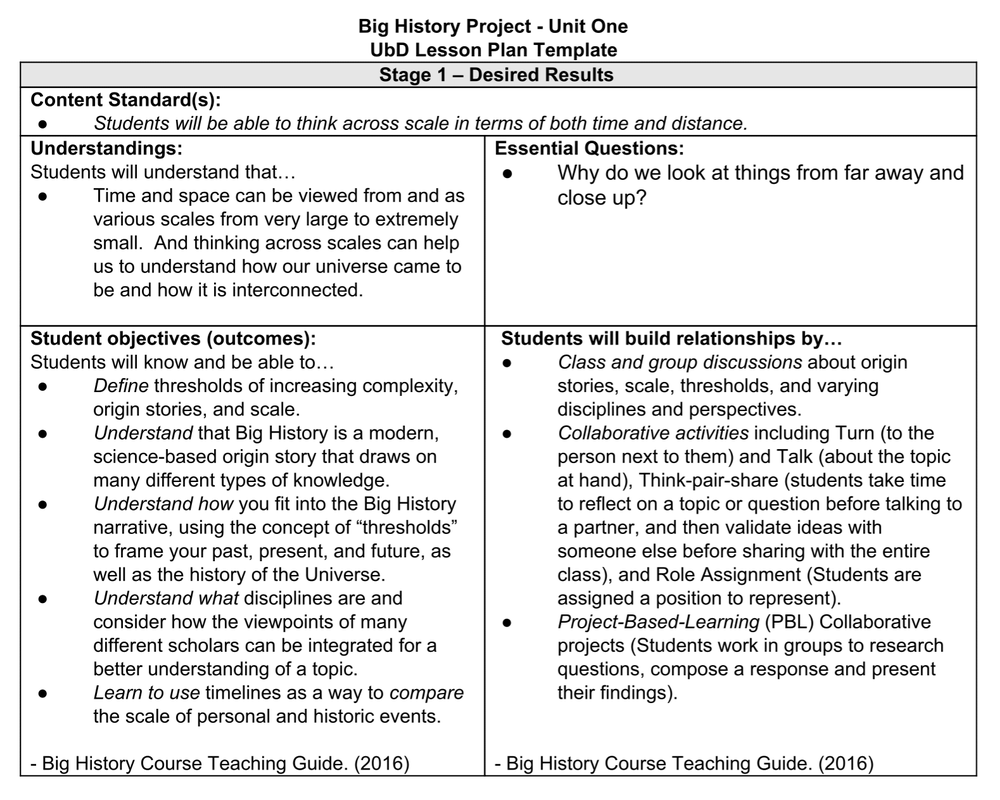Table Of Content

This prevents your tests and assessments from feeling useless at best and contrary or irrelevant to your students at worst. Backward design provides a relevant context for students as they engage in learning activities. With this clear target in place, educators are better equipped to teach. By beginning with the end in mind, teachers are able to avoid the common problem of planning forward from unit to another, only to find that in the end some students are prepared for the final assessment and others are not. And there we have it—a comprehensive look at Backward Design, from its origins and methodology to its benefits, challenges, comparisons with other frameworks, and practical tips for implementation. We hope this guide serves as a valuable resource for educators and curriculum designers alike, offering insights and strategies to enhance teaching and learning for all.
ADDIE model of design
Strategic Plan 2023-28 Homepage - Strategic Plan 2023 - Richardson ISD
Strategic Plan 2023-28 Homepage - Strategic Plan 2023.
Posted: Wed, 07 Dec 2022 21:44:27 GMT [source]
This approach to curriculum and lesson planning prioritizes learning objectives, resulting in more effective and purposeful teaching and more student-centered and engaging learning experiences. Backward design, also called backward planning or backward mapping, is a process that educators use to design learning experiences and instructional techniques to achieve specific learning goals. Backward design begins with the objectives of a unit or course—what students are expected to learn and be able to do—and then proceeds “backward” to create lessons that achieve those desired goals. As a strategy for designing, planning, and sequencing curriculum and instruction, backward design is an attempt to ensure that students acquire the knowledge and skills they need to succeed in school, college, or the workplace. In other words, backward design helps educators create logical teaching progressions that move students toward achieving specific—and important—learning objectives. In contrast, the backward design approach has instructors consider the learning goals of the course first.
Student-centered
There are merits to both traditional lesson planning and backward lesson design, but key differences can create challenges for some teachers and students. All the lesson planning in the world won’t necessarily guarantee that students will retain and master new concepts. To gauge effectiveness and find evidence of learning, you’ll need to plan regular mini-assessments throughout the course of a unit or lesson.
Understanding by Design
The emphasis was on “lectures” and “discussions” and the assumption was that learning largely consisted of a passive activity in which students received information and ideas from authoritative sources. In the past, classroom instruction has focused on the instructor and the ways in which the subject matter could best be presented to the student. The middle circle identifies what is important to know such as important knowledge (i.e, facts, concepts, and principles), as well as skills, processes, strategies, and methods. Since its publication in the 1990s, Understanding by Design has evolved in series of popular books, videos, and other resources. Exploring the philosophy, process and benefits of backward lesson design.
Backward design helps teachers create courses and units that are focused on the goal (learning) rather than the process (teaching). Because “beginning with the end” is often a counterintuitive process, backward design gives educators a structure they can follow when creating a curriculum and planning their instructional process. Advocates of backward design would argue that the instructional process should serve the goals; the goals—and the results for students—should not be determined by the process. After an exam, for instance, instructors might hear students express their frustration with statements such as, “that test wasn’t fair” or “that question came out of left field”.

Doing so can ensure alignment with broader educational goals and compliance with any applicable standards or regulations. Dr. Benjamin Bloom, who created Bloom’s Taxonomy of learning objectives, often adhered to this method. While it is still widely used, Forward Design can sometimes lead to misalignment between learning objectives and assessments, something that Backward Design explicitly seeks to avoid. Another foundational theory supporting Backward Design is Bloom's Taxonomy, developed by educational psychologist Benjamin Bloom and his colleagues in 1956. This framework categorizes learning objectives into a hierarchy of complexity, ranging from basic knowledge recall to higher-order skills like analysis and creation. Backward Design is a way of planning lessons or training sessions by starting with the end goal in mind.

No more asking, "When will I ever use this?" They know they're learning things that will help them in the future, whether it's acing a job interview or understanding how to budget their money. They can ask, "What's the most important thing my students should learn from this lesson?" By concentrating on the key stuff, they make sure that the class time is well-spent and effective. Instead of juggling a bunch of topics and hoping students will get something out of it, teachers can zero in on what truly matters.
These learning goals embody the knowledge and skills instructors want their students to have learned when they leave the course. Once the learning goals have been established, the second stage involves consideration of assessment. The backward design framework suggests that instructors should consider these overarching learning goals and how students will be assessed prior to consideration of how to teach the content.
“Backward Design” is an approach to creating curriculum, subjects, and even single class sessions that treats the goal of teaching as not merely “covering” a certain amount of content, but also facilitating student learning. Backward design prioritizes the intended learning outcomes instead of topics to be covered. (Wiggins and McTighe, 2005) It is thus “backward” from traditional design because instead of starting with the content to be covered, the textbook to be used, or even the test to be passed, you begin with the goals. Besides the final assessment, teachers can gather evidence of student learning by building regular formative assessments into their lessons or units.
Once you're comfortable with the approach, you can expand to more complex planning projects. This focus could overshadow other crucial aspects of education, such as fostering a love for learning, encouraging creativity, and developing social skills. The concern here is the potential for "teaching to the test" at the expense of a more holistic education. By being aware of these potential pitfalls, teachers, trainers, and curriculum designers can take steps to mitigate them. Even outside the traditional educational environment, Backward Design has its place.
When developing your course within a Backward Design framework, it is important to map out your course learning objectives, assessments, and learning activities and instructional materials to ensure alignment across the elements. We suggest using CATE’s Course Map Planning Document to guide your progress. Both the Dick and Carey model and the backward design model are goal and objective oriented; assessment is created based on learning objectives and goals, and instruction is created based on evaluation and assessment.
What students are likely really saying is that they don’t understand how the test reflected the content they thought they studied or learned. Or perhaps they don’t feel they were able to adequately demonstrate what they did learn based on the types of questions they were asked on the exam. In other words, they don’t see an alignment between what they learned and what they were tested on. In other words, by figuring out how you want your students to end up, you’ll be better equipped and prepared to teach them the right things so they achieve those optimal outcomes. Backward design can be useful for professional educators and for anyone who teaches students, both online and in person. This is the same philosophy that follows many standardized tests in public schools around the country.
Students of all ages know when they are asked to do something pointless in class; they can spot “busy work” from a mile away, and will disengage as they see fit. By focusing on the end goals you want to achieve, then emphasizing assessment types and content, you ensure that your lessons will always teach students what they need to know to pass tests. Depending on your class and what you teach, you may have multiple assessments throughout the course or just one at the very end.

No comments:
Post a Comment